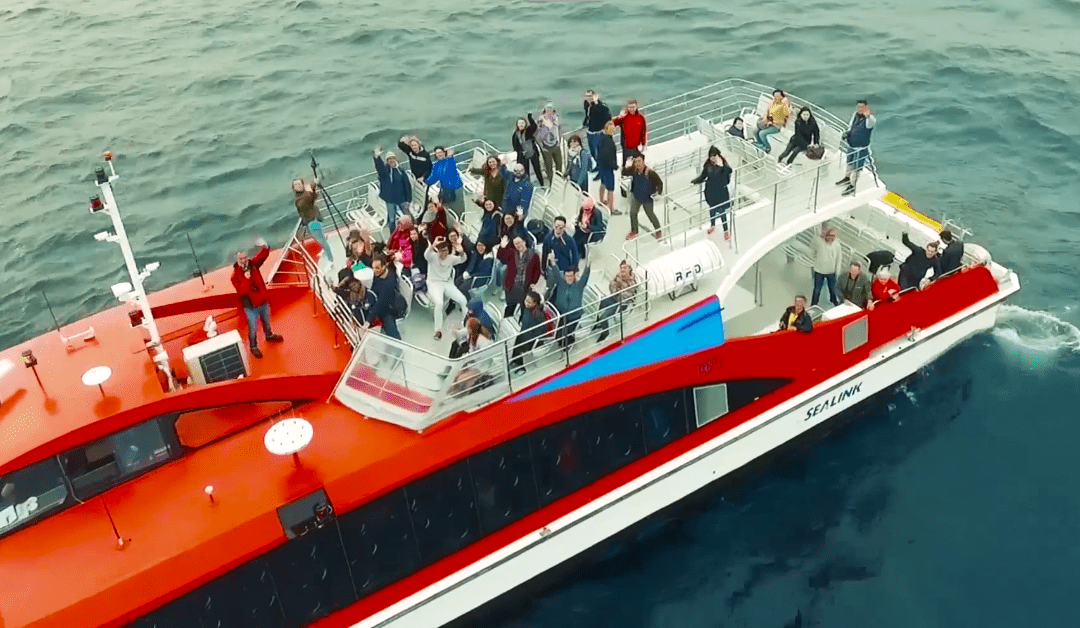And No, You Don’t Need a Helicopter
Gone are the days of only being able to take aerial photography out the window of a helicopter. The arrival and increasing popularity of the drone is revolutionising the way photographers and videographers take photos and video, and it’s transforming the way consumers think about their shots too.
Put very simply, a drone is an unmanned mini helicopter that flies via remote control. Mount a camera on it, and a drone turns into a drone camera which has the potential to take stunning photos and video from angles and heights photographers and videographers normally can’t easily access. It’s considerably cheaper than the alternative (hiring a helicopter!) which makes it more accessible to businesses to use in their own photography and video marketing.
The idea behind drone photography is to create a sense of wonderment that can’t be achieved with regular photography. And the results are truly spectacularly cinematic – like this video by Onepost Media Production for Soljans Estate Winery.
Drone photography can be used in many different ways, from picturesque wedding photography, to spectacular real estate photography, right through to incredible travel videos. Drones offer a bird’s eye view that a regular camera can’t, and because of the height allows for a greater degree of creativity than land-mounted cameras. You’re also virtually guaranteed an unobstructed view (unless a bird happens to fly into shot at the most inopportune moment!), and the high level of cinematic value means that the edited photo or video will leave a long-lasting impression on your viewer.
Businesses are fast realising the power of drone photography too, which is reflected in an increase of aerial videography in corporate videos and explainer videos. Onepost recently worked on these corporate videos for Captain Cook Cruises and Therm, and incorporated stunning drone videography to create a real sense of scale and wonder.
Of course, shooting with a drone does come with its limitations. Most importantly, flying a drone is restricted in many parts of New Zealand, which means your drone pilot must have a license to fly. Flying a drone can be tricky so we recommend hiring the experts to do it. Drones are quite weather-reliant too, so they can’t be flown in heavy rain, snow or strong winds. It’s also essential that a location recce be carried out before a drone shoot, because drones don’t take particularly well to obstructions like trees and buildings.
If you’re keen to add a cinematic feel to your next corporate video, think about aerial videography. The Onepost team is very experienced in drone photography and videography; talk to them today.


